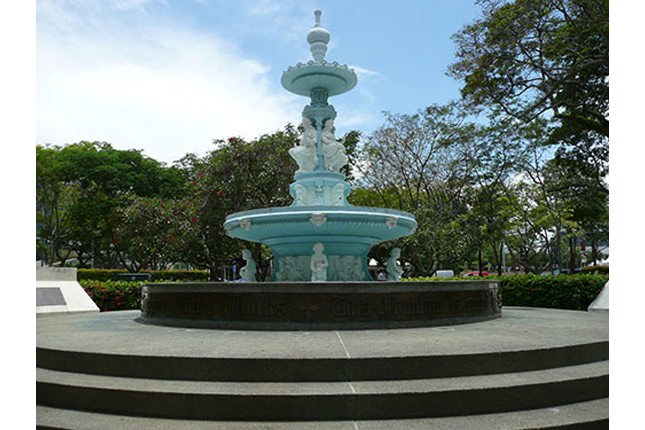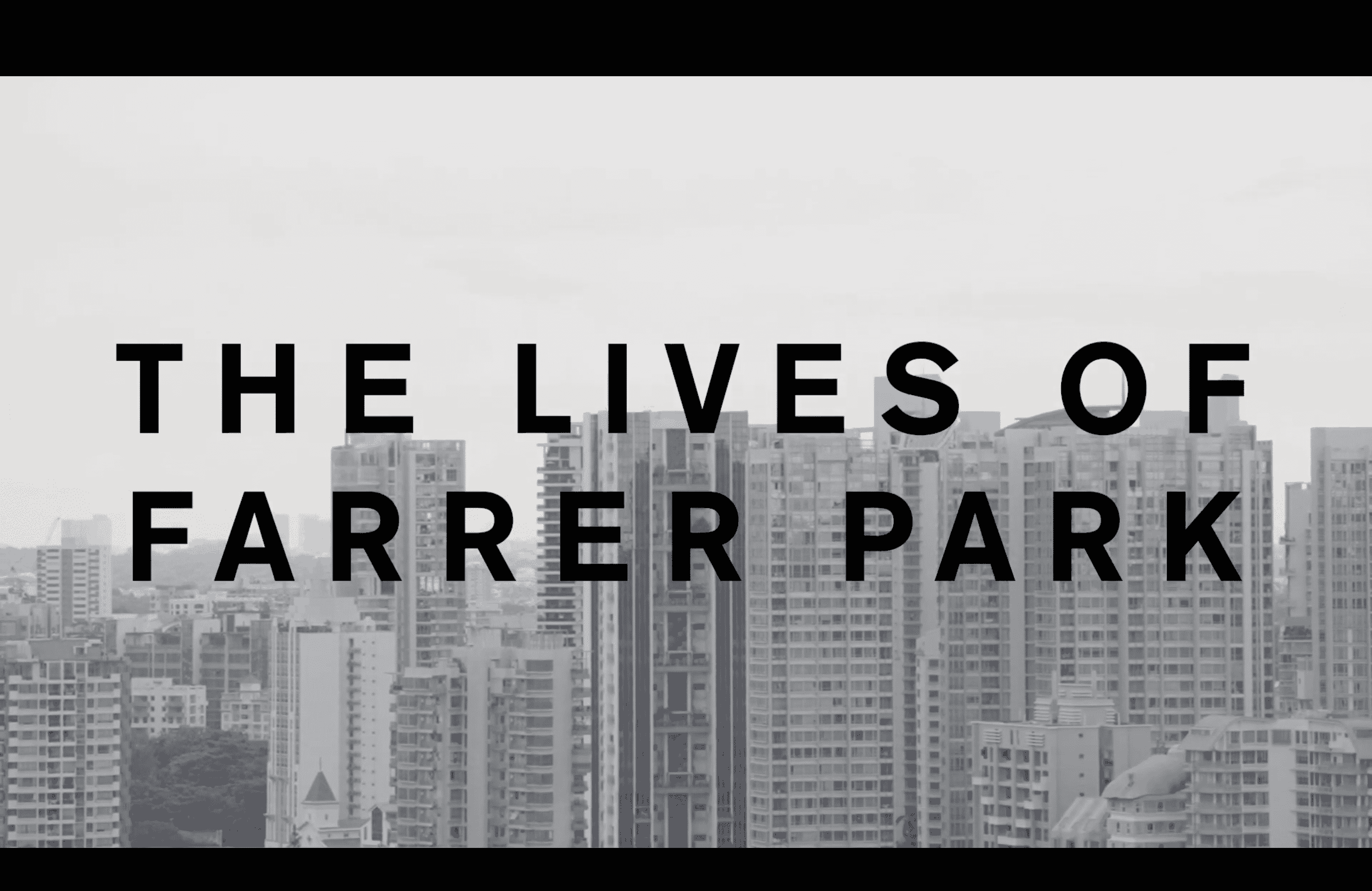This postcard is part of a set acquired by the museum. The collection provides a glimpse into the physical and social landscape of Singapore during the 19th and 20th century which were characterised by European colonialism, the Japanese Occupation, and the post-war years. These postcards also give a glimpse into the type of architecture that was seen in Singapore in those days, as well as the range of activities, businesses, trades, and industries that the people of Singapore were involved in at that time. Some of these postcards still contain the original handwriting of the senders themselves.Situated on a piece of parkland along Beach Road, the Civilian War Memorial was erected as a monument dedicated to the memory of those civilians who died during the Japanese Occupation of Singapore (1942-1945). The structure consisted of four 68-metre-tall pillars that together symbolised the shared suffering of the Chinese, Indians, Malays, and other races during the Occupation. The monument was commonly referred to as ‘the chopsticks’ due to the design of its pillars, which were built atop a burial chamber containing the ashes of remains exhumed from mass graves discovered in the Siglap area in 1962. These graves were thought to have contained the remains of civilians who were killed by the Japanese during the ‘Sook Ching’ massacre that started on 18 February 1942, shortly after the fall of Singapore. The construction of the memorial was jointly funded by the Singapore government using part of the $25 million atonement fund received from the Japanese government, and the Singapore Chinese Chamber of Commerce. The memorial was officially unveiled by then Prime Minister Lee Kuan Yew on 15 February 1967, the 25th anniversary of the fall of Singapore to the Japanese. Following its unveiling, a tradition of holding a public commemoration ceremony at the memorial every year on 15 February was started.
















